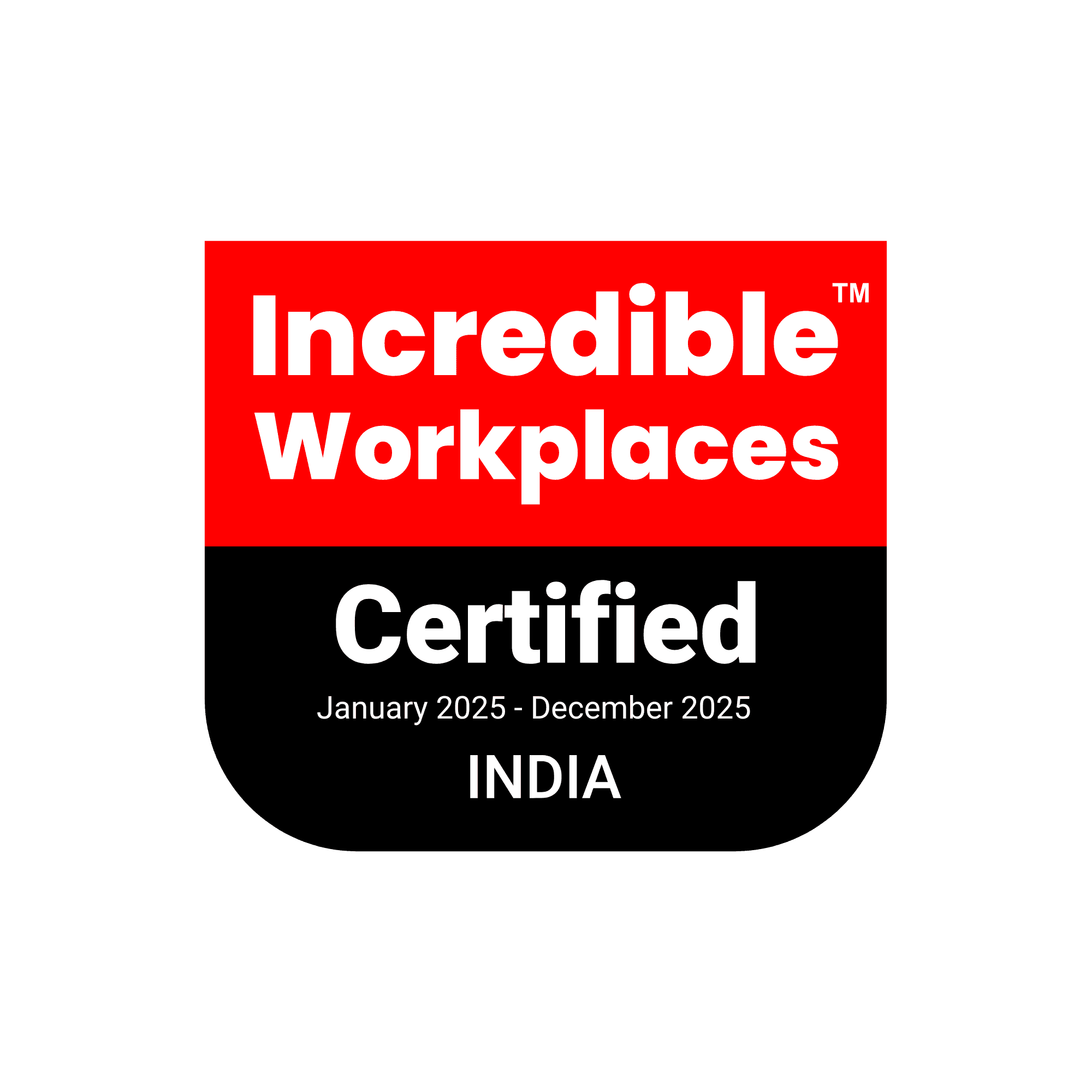Beyond Third Parties: The Hidden Risks in Your Fourth- and Nth-Party Ecosystem
Stay in the know
Get the latest news & insights straight to your inbox.

Beyond Third Parties: The Hidden Risks in Your Fourth- and Nth-Party Ecosystem
Why traditional risk monitoring fails beyond direct vendors — and how continuous monitoring can uncover unseen vulnerabilities.
The risk landscape for modern enterprises has never been more complex. While most organizations actively monitor their third parties, many still overlook the vast and interconnected network of fourth-party and Nth-party relationships—the suppliers, partners, and service providers of their direct vendors. These hidden players can introduce significant risk—from geopolitical disruptions and regulatory compliance gaps to ESG violations—and without full risk visibility, organizations are left exposed.
Traditional TPRM Focuses Too Narrowly
Conventional Third-Party Risk Management (TPRM) often focuses on onboarding assessments and periodic reviews of direct vendors. While necessary, this approach misses a critical piece: the extended enterprise risk buried deeper in the supply chain.
Consider the following overlooked scenarios:
A location-specific disruption (natural disaster, political instability) impacting a Tier 4 manufacturing site.
An ESG violation tied to unethical labor practices at a sub-supplier.
A regulatory compliance failure due to a data-handling issue at a fourth-party service provider.
A cybersecurity weakness at a subcontractor with limited access.
Static assessments or vendor surveys typically fail to capture these deeper-tier risks—especially when they evolve rapidly.
The Need for Continuous Monitoring—Beyond Tier 1
To effectively manage vendor risk exposure, organizations must shift from snapshot assessments to real-time risk insights across all supplier tiers.
Continuous monitoring allows companies to:
Map extended supplier networks, uncovering hidden dependencies.
Detect location-based risks, like geopolitical instability or natural disasters, as they happen.
Monitor for compliance violations, ESG controversies, and other reputational threats.
Surface emerging cyber and operational risks without over-indexing on any single risk domain.
For instance, a global logistics company using Supply Wisdom's platform identified a Tier 3 supplier in a flood-prone zone that was not disclosed during onboarding. With our monitoring, they were able to proactively adjust operations before experiencing a major delay—highlighting the value of geolocation-based risk intelligence.
Strategies for Better Risk Mitigation
To improve resilience across your digital supply chain, consider these strategies:
Encourage transparency from your vendors about their critical fourth- and Nth-party relationships.
Prioritize location, ESG, and compliance risk domains that often go undetected.
Leverage automated risk intelligence for real-time alerts across the entire ecosystem.
Foster collaboration across procurement, risk, and compliance teams using a shared platform.
Supply Wisdom’s Approach
At Supply Wisdom, we go beyond third-party assessments to deliver continuous monitoring across multiple domains—with a focus on location, compliance, ESG, and operational risk. Our platform empowers organizations with real-time risk intelligence to respond faster and strengthen overall supply chain resilience.
You can’t mitigate what you can’t see. Don’t let risks from your Nth-party ecosystem take you by surprise. Supply Wisdom gives you the tools to monitor, anticipate, and act—before disruption hits.
Schedule a demo today to discover how real-time monitoring of your extended supplier network can protect your operations.
Frequently Asked Questions (FAQs)
What is fourth-party risk?
Fourth-party risk refers to the potential threats posed by the vendors and service providers that your third parties rely on. These downstream partners can introduce hidden vulnerabilities that affect your business operations, compliance, and reputation.
Why is monitoring Nth-party risk important?
Monitoring Nth-party risk helps organizations identify and mitigate threats from deep within the supply chain. These risks can include location-based disruptions, regulatory non-compliance, or ESG violations that are not visible through traditional third-party assessments.
How does continuous monitoring improve supply chain resilience?
Continuous monitoring provides real-time alerts about risk events, enabling faster responses to issues like natural disasters, political instability, or sustainability controversies. This helps improve supply chain resilience and reduces downtime caused by unexpected disruptions.
What are examples of risks beyond third-party vendors?
Examples of extended enterprise risks include:
A Tier 3 supplier in a conflict zone experiencing delays.
An Nth-party subcontractor involved in environmental violations.
A regulatory breach due to a fourth-party mishandling sensitive data.
These risks often remain hidden without automated monitoring tools.
Can I get visibility into my fourth- and Nth-party vendors?
Yes, solutions like Supply Wisdom’s continuous risk monitoring platform provide full visibility into your extended supply chain—including fourth-party and Nth-party relationships—enabling organizations to act before small issues become big problems.






